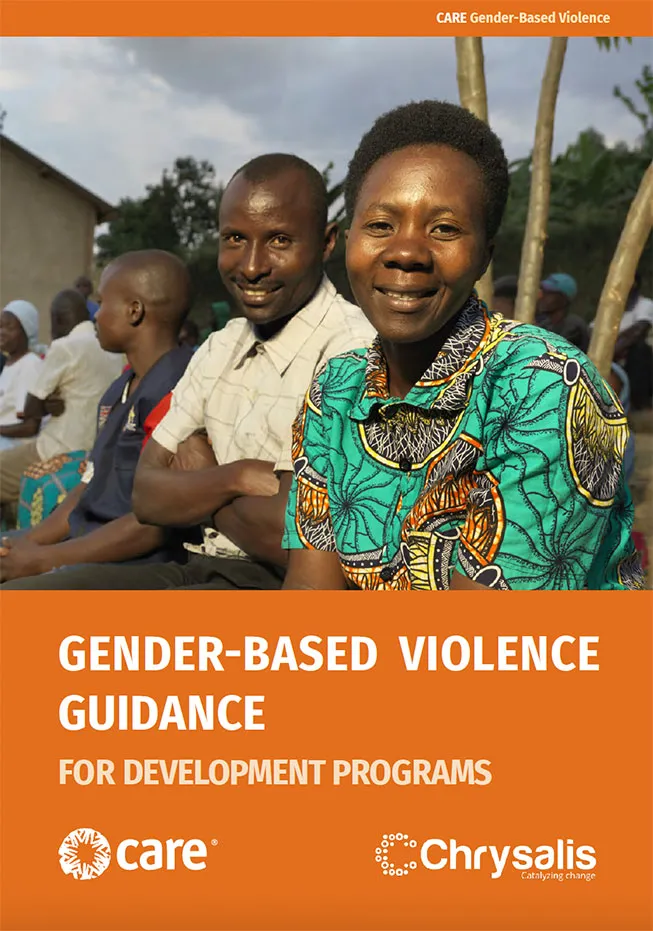
This version includes the full GBV Guidance for Development Programs with the following annexures, and more resources. This is the complete and comprehensive version of CARE's GBV in Development Guidance which can be used and adopted by all projects, across impact areas, when integrating a GBV mitigation, prevention or response approach.
Besides the Rapid Gender Analysis, some CARE projects also conduct a Safety Audit before constructing or rehabilitating a water point to ensure accessibility for all. Below is a version of the tool used in South Sudan in 2023. Read More
CARE’s goal is for all savings group activities to take place alongside intentional efforts to address the barriers women face to improving their economic situation. This brief gives an overview of what we mean by VSLAs which go beyond ‘traditional’ implementation to address root causes of gender inequality. Read More
CARE seeks to contribute to the sustainable transition of leadership and ownership of development and humanitarian assistance to a range of public, private, and civil society partners. Our localization efforts support diverse local actors in over 100 countries to define priorities, design solutions, drive implementation, and sustain efforts tailored to their unique development and/or humanitarian context. Read More